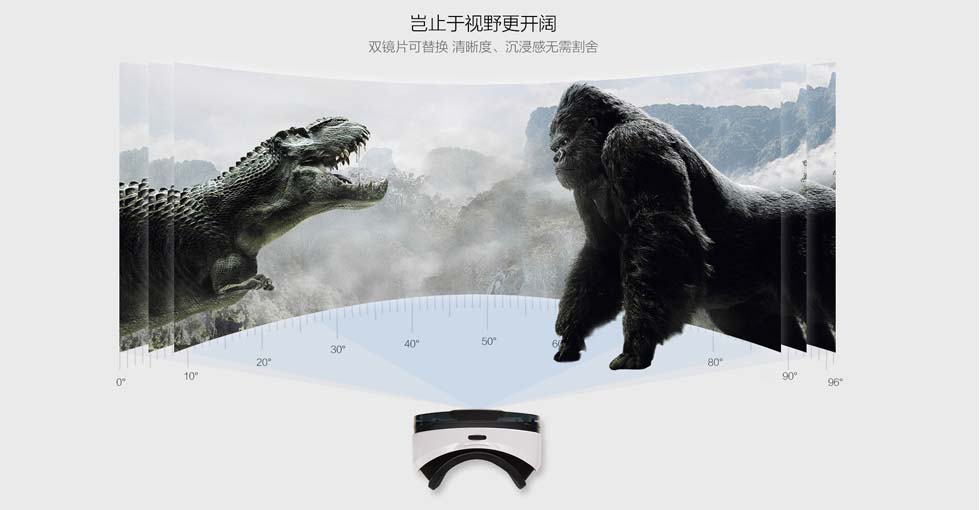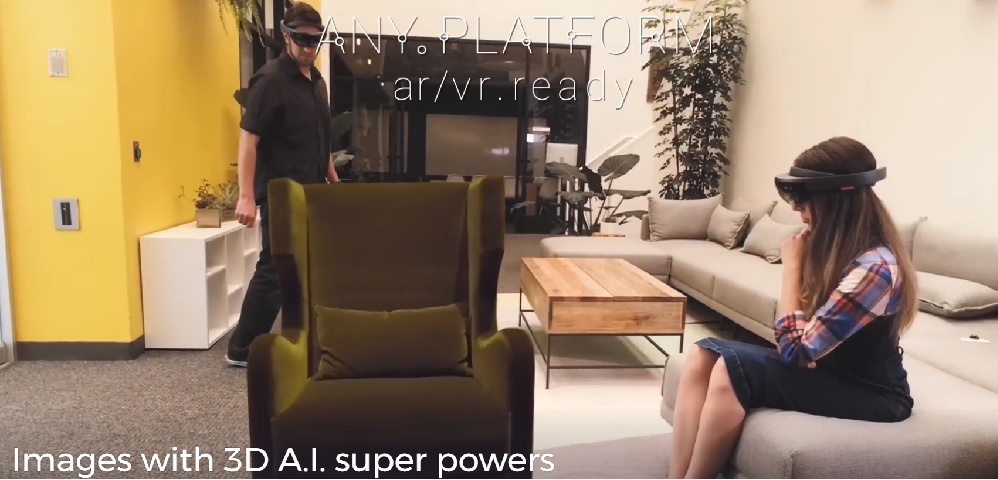Top 10 Virtual Reality Startups to Watch in 2019
With the market for VR entertainment to see huge growth in 2019 and beyond, the number of VR startups are on the rise. Here are some of the promising startups in the VR space.
With the market for VR entertainment to see huge growth in 2019 and beyond, the number of VR startups are on the rise. And this is a great thing for the field of Virtual reality as startups bring new ideas and innovations to the table, increasing the competition, pushing each other to achieve more.
And as consumers, we are the benefactors as there are more options to choose from than ever before, on both the software and hardware side of things. In this article, we are going to discuss some of the most promising VR startups to grace the industry in the recent past, leading the way for 2019 and beyond!
Related: 10 Augmented Reality Startups to Watch in 2018
1) VirtualSpaces | Founded: 2018
Virtual Spaces takes VR from the game-oriented world and puts it to use in the world of Real estate. This is a great move indeed, not just for the company, but for the industry as more and more companies will realize the real world application of VR, and not just see it as a gaming oriented tech.
The ideology of virtual spaces is simple, in today’s world, people simply don’t have the time to visit a multitude of homes or real estate properties. However, this can be remedied if they are given the experience of viewing a property without leaving their homes. VirtualSpaces use VR to create a virtual rendering of real estate properties that the buyer can explore, hence saving both time and expense on travel.
2) KageNOVA | Founded: 2017

KageNOVA is a startup that wants to help developers and creators to make the process of VR experiences easier. Their Spacial360 is used to bring 6 degrees of motion to VR experiences. Upon using this technology, the real world performance upgrade is that the user will be able to navigate better and more naturally in VR experiences.
Motion sickness is one of the downsides of a poorly optimized VR experience. With KageNOVA, a fluid motion will be facilitated using their Spacial360 technology, ensuring that the user doesn’t get sick from the rendered images.
3) Vivid Vision | Founded: 2014
Vivid Vision is a VR startup aimed at treating vision impairments in patients. Vivid Vision claims that their creation provides advanced treatment system for Amblyopia, Strabismus, and CI. And the startup has results to show for their claims as numerous patients have used their treatment technology and have gained positive results in treating ailments like a lazy eye.
Vivid Vision provides exercises for the eyes through VR experiences. By engaging the eye and training it using interactive experiences, the team at Vivid Vision brings that long lost vigor to the eyes.
4) Medical Realities | Founded: 2015
Textbooks are amazing at teaching us theories and how things work, but they can’t impart practical knowledge onto the students. In fields like medicine, having practical knowledge of its critical, especially in scenarios involving invasive medical procedures like surgery.
Medical Realities use VR to train students or doctors to execute medical procedures so that they are prepared to handle real-world cases. Their creation is not restricted to a specific college or audience. Anyone can sign up and get their hands on the study module right away.
5) Nanome | Founded:2015
Using VR as a collaborative tool or research, this is the idea behind Nanome. Users can have a more in-depth study of the molecular world using the platform created by Nanome. The biggest challenge explaining the molecular world is that the blackboard or a screen can only render 2D images.
With Nanome, a complete 3D experience is generated. Users can then manipulate the VR atoms or molecules to see how they react with each other or how matter is formed from various atoms.
6) Looxid Lab | Founded: 2015
Apart from the others on the list, Looxid lab not only handles software, but they also develop their own hardware. And apart from the standard VR headsets that we come to know, Looxid headset has a different set of sensors on it.
LooxidVR system has two eye-tracking camera and six EEG brain wave sensors. What Looxid Lab hopes to achieve is to use the data collected from the brain for health and research purposes. In time, they believe that VR headsets can be controlled just by thought rather than actions or gestures.
7) Baofeng Mojing | Founded: 2014

A serious VR headset developer is known for bringing high-quality hardware at affordable prices. Their latest creation Storm Mirror Cinema lets you watch movies at IMAX 4K level quality without ever leaving your home.
Their main competition is Samsung’s Gear VR, and many have already praised the Baofeng Mojing as a worthy contender.
8) Red Pill | Founded: 2017
One of the hardest parts of creating animated characters is giving them emotions. Without the right emotions at the right time, the whole visual experience can be jeopardized.
Red Pill provides an innovative idea where character creation can use the emotions of a person in real time, using motion capture cameras. By using this tech, VR animation development can see major time and cost savings. Their partnership with NVidia makes them even more promising.
9) Bigscreen VR | Founded: 2014
Bigscreen VR aims to deliver big screen entertainment for its users, literally. when you put on the VR headset, you can immerse yourself in a theatre like an experience, but that is just the tip of the iceberg! You can have your friends in the same VR room, even if your squad is miles apart in real life.
You can also play games using the theater experience. The platform can be downloaded for Oculus, from Steam and Windows.
10) Fyusion | Founded: 2013

3D capture is a technology that was made possible with a multitude of cameras clicking images of an object at different angles. However, Fyusion redefines 3D image capturing as it can enable 3D capturing with any camera, even with the ones on your phones. Fyusion achieves this by using machine learning and AI.
Related: Top 10 Virtual Reality Headsets of 2019
By using this technology, creating 3D objects for AR and VR experiences becomes easier and cost effective.
Conclusion
It’s great to see both hardware and software VR startups bringing about a change in how technology is used and developed. Such startups of today become the core technology drivers of tomorrow. And as we discussed, we, the consumers are in the gain!



